I do not know why people would search for this term foam for studio monitors. Foam is usually used as a sound absorption technology to treat the walls within our music rooms. Foam comes in two main types. There is closed cell foam and there is open celled foam. Closed cell foam is foam that is used in our couch cushions and car seats. It is a dense foam that is used for supporting a load such as a human body. It is and was never designed as a sound absorbing tool or technology. People confuse the use of these two technologies all the time. Open celled foam is the foam that is used for sound absorbing technologies. It works by allowing air flow to move across the foam surface area to produce friction. When we have friction occurring, we have heat produced and this energy transformation from friction to heat produces an energy transformation that produces absorption. We are actually changing the energy into heat to impact absorption rates and levels. In a manner, we have destroyed part of the energy in order to manage it. We must be careful about destroying energy in order to manage it.
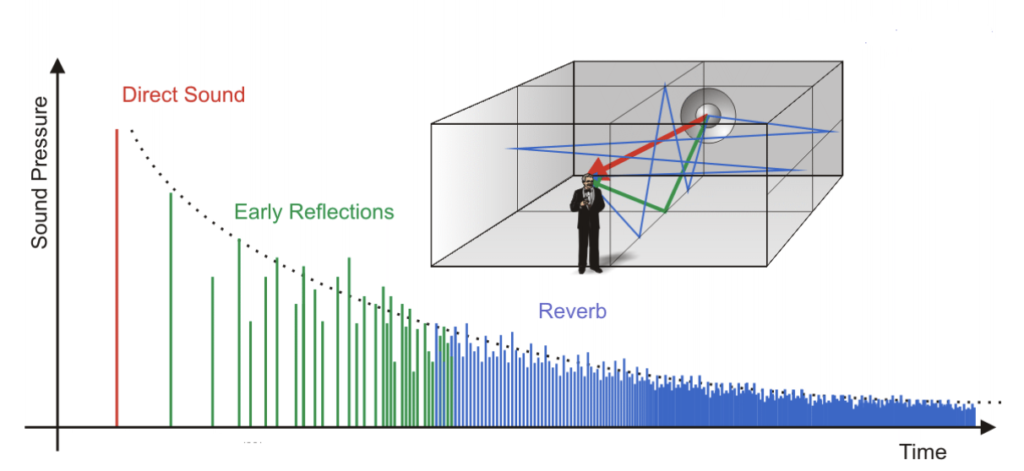
Lets work with the open celled foam in our discussion or searching for foam for studio monitors. If we are using the search term foam for studio monitors, we are going to make an assumption that we are going to use technology to absorb energy to reduce the impact of that energy. The search term foam for studio monitors would mean that we are looking for an open celled foam technology to absorb excess energy within our rooms to manage reflections from the wall surfaces that the monitors produce. Energy from our speakers is released into the room and bounces across every wall surface. The summation of all of these reflections from the wall surfaces adds together to produce what we call reverberation .https://www.dictionary.com/browse/reverberation. Reverberation is a form of room distortion that has a negative impact on speech intelligibility and music definition. Reverberation is not echo.https://www.merriam-webster.com/dictionary/echo. Echo is the repeating of a sound usually over distance. Reverberation is room distortion.
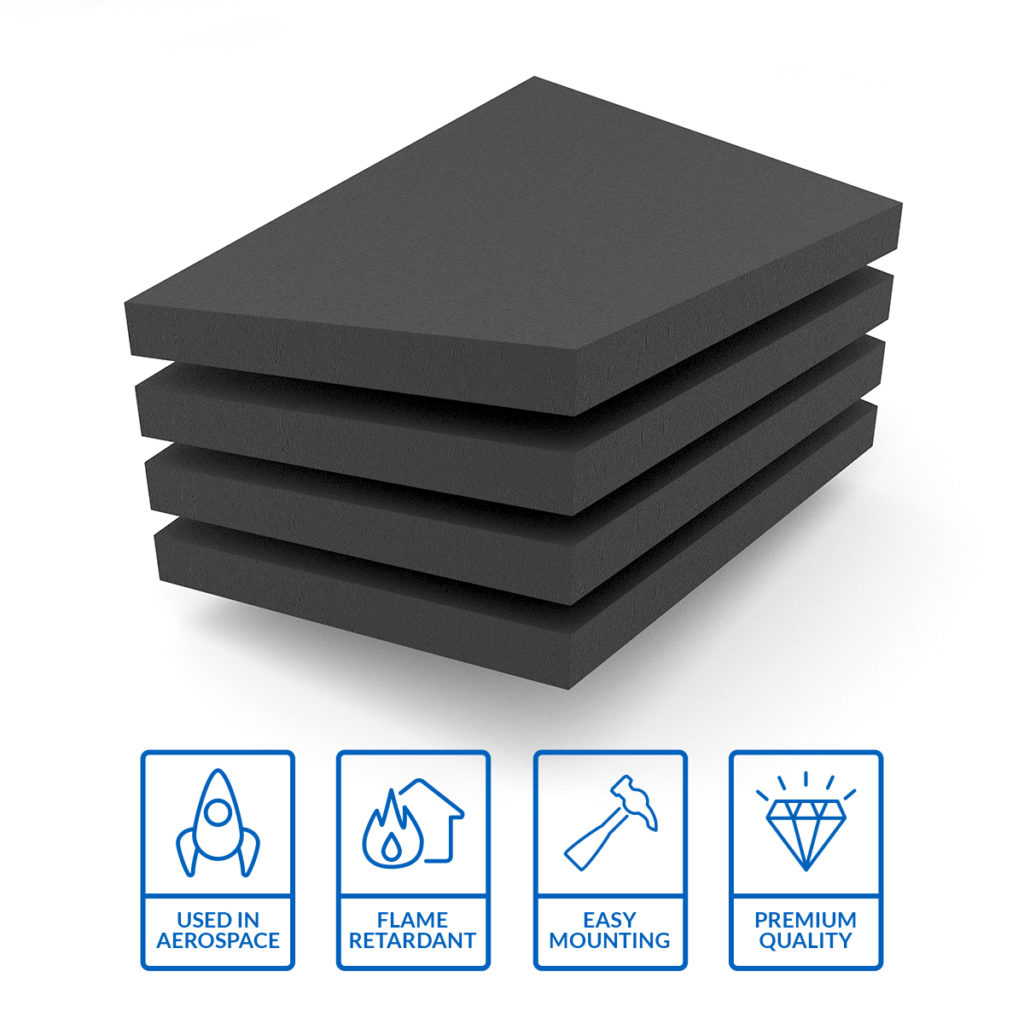
Where would we place our foam for studio monitors. If we are concerned with managing the reverberation times within our rooms, we must use open celled foam that has the proper rates and levels of absorption for music and voice. Music and voice are different from noise. With noise, the objective is to absorb as much energy as possible to reduce the amount of noise that can be transmitted. With voice and music, we must not over absorb or under absorb. We must absorb just enough energy so that we do not have a negative impact on our music and voice. We have all been in rooms where the sound of the room is too “dead”. The life of the music has been drained out of the music and voice in order to manage it. With music and voice as it is with foam for studio monitors we must use a balanced technology.
Our open celled acoustic foam at Acoustic Fields took 8 years to develop at a cost of over 2 M. It was designed specifically for music and voice. https://www.acousticfields.com/product/acoustic-foam/ Music and voice requires special rates and levels of absorption in small rooms to enable the maximum resolution from source that we can obtain. Not all sound absorbing material types respect this absorption coefficient requirement. Music and voice are drastically different in their absorption requirements. Noise requires maximum attenuation per square foot of surface area. Voice and music require a more gradual or linear rate and level of absorption. Remember that when you are absorbing energy in order to manage it, you are eliminating some of your music and voice. You are creating friction which turns into heat and heat is an energy transformation which reduces signal amplitude. Reducing the strength of our music and voice in order to image it is dangerous. Only special rates and levels of absorption need apply for this task. We don’t want to kill something in order for it to live.
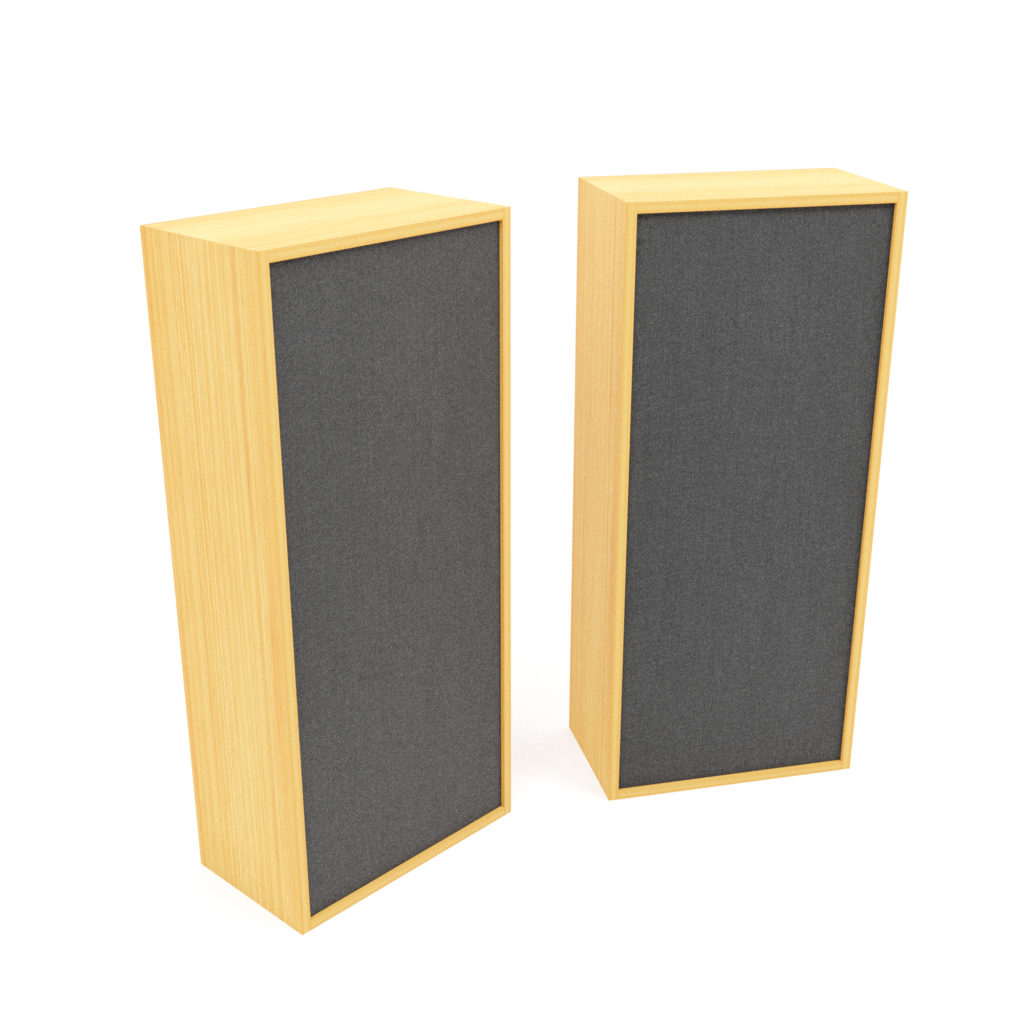
Foam for studio monitors is only one part of the sonic equation. Foam is a technology that works with frequencies above 125 Hz. for a 2″ think piece of open celled foam. If you double the thickness you lower the resonant frequency down to 90 – 100 Hz. To achieve low frequency management within our rooms, we must turn to another technology type. we must turn to the most powerful of the three available sound absorption technologies for low frequencies. Diaphragmatic absorption is more powerful than Helmholtz and membrane. Pound for pound and square foot per square foot you can not match the performance of a well designed Diaphragmatic absorber. Our ACDA series https://www.acousticfields.com/product/acda-10-studio/ produces the most powerful commercially available absorber made. At 230 lbs per unit, they are serious about absorbing energy from 30 Hz. – 6,300 Hz. They are a true broadband absorber. Inside the cabinet is our carbon technology. Behind the fabric on the face is our proprietary foam technology.
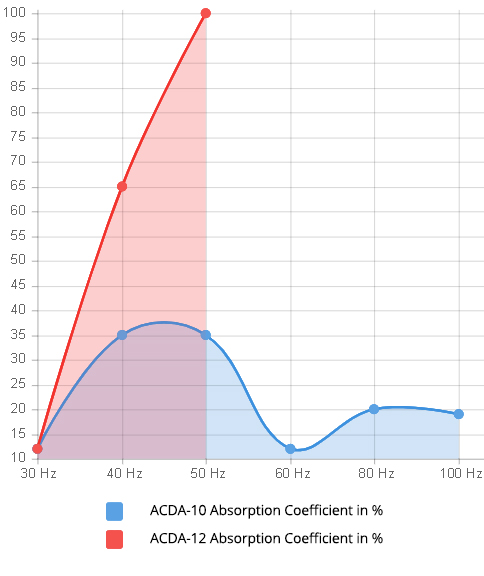


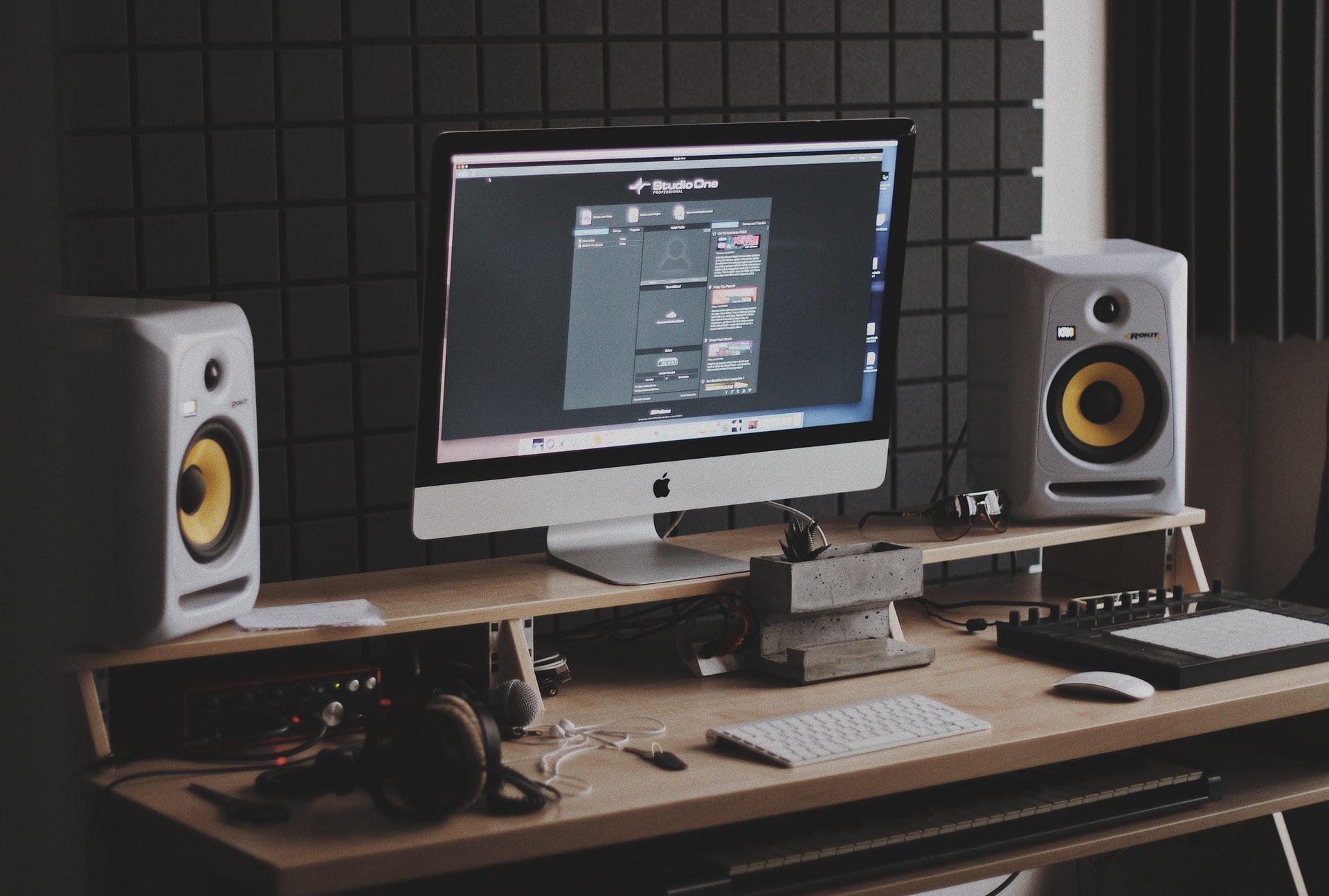





The discussion on ductwork noise transmission from Acoustic Fields highlights crucial aspects of HVAC system acoustics. The movement of air…
Great build plans. thank you Denis
You must use absorption. Never place a chair against a wall.
A friend and I built several diffusors using these plans and they turned out absolutely beautiful. Very good instructions and…